
Polkadot 2.0 will bring a range of new features and is set to change how the Polkadot network works.
The future of DOT and Polkadot
The enhanced utility of the Polkadot network is expected to boost the value of DOT tokens if Polkadot 2.0 is well-received and gains traction.
That’s because projects will need DOT tokens to acquire coretime. Additionally, DOT — the native token of the Polkadot network and the primary token for settling network fees — could benefit from increased demand, subsequently driving up its value.
To benefit holders and boost DOT value, entities with surplus coretime may sell it. As a result, the secondary market value of DOT might grow. Additionally, decentralized finance services on Polkadot offer earning potential to DOT holders, which raises the token’s use, value and liquidity.
Moreover, revenue from coretime sales will be channeled into the Polkadot Treasury. DOT tokenholders decide how Treasury funds are distributed through OpenGov. Treasury spend is fluid, and tokens not assigned to projects bidding for funds are periodically burnt.
The burning mechanism creates deflationary pressure on DOT, which is nominally an inflationary token.This balances the overall circulating supply of the token, which could be something to take into account when considering the future value of DOT.
However, potentially more important aspects to consider in this regard are market dynamics, overall adoption and developments within the Polkadot network, such as the arrival of Polkadot 2.0.
About DOT Polkadot’s native token
DOT, Polkadot’s native token, fulfills three integral roles within the ecosystem, each contributing to the network’s functionality and growth.
The first role of the DOT token is governance. DOT holders can participate in network governance proposals, encompassing critical decisions such as network upgrades and fee adjustments. This participatory function is a cornerstone of Polkadot’s long-term viability. By enabling DOT holders to influence network operations, Polkadot fosters a transparent and democratic governance structure that ensures fairness.
DOT tokens also have a vital operational purpose by bolstering network security and transaction processing through the staking process. Nominators use some of their DOT holdings to select validators, who are responsible for validating transactions and appending blocks to the blockchain. Their engagement in this process is rewarded with additional DOT tokens, incentivizing their contribution to the network’s operation.
This operational facet is essential for the day-to-day functioning of Polkadot, as DOT’s utilization ensures a secure and efficient platform for developers to construct their applications.
Lastly, DOT tokens are used in slot auctions. The current Polkadot blockspace auction model allows projects to obtain a parachain by bonding DOT tokens. The process is pretty straightforward: the project that pledges the highest number of DOT tokens in an auction obtains the parachain slot. Projects can bid for a slot using their own DOT holdings or through a crowd loan. A crowd loan allows projects to raise DOT from their communities and supporters to bid for a parachain slot.
The DOT tokens submitted as collateral during an auction are effectively tied up for the entire duration of the lease. Consequently, the project cannot utilize these DOT tokens for any other purpose during this timeframe.
Following the finalization of the auction, the winning project can link its parachain to the Polkadot Relay Chain. Subsequently, the parachain becomes operational and benefits from the Polkadot network security and scalability attributes. The slot durations are limited to two years.
The main components of the Polkadot network
The Polkadot network comprises three fundamental components that collectively form its intricate structure, including the Relay Chain, parachains and bridges.
The Relay Chain lies at the core of the Polkadot ecosystem, functioning as the primary blockchain of the network. It helps to safeguard overall network integrity and facilitate communication among parachains.
Parachains stand as parallel blockchains that represent the various Layer-1 projects building in the Polkadot ecosystem. They serve as hosts for decentralized applications and various blockchain-driven projects. The versatility of parachains lies in their adaptability to cater to the specific requirements of the hosted projects.
For instance, a parachain designated for a decentralized exchange could be configured to manage a high volume of transactions efficiently. Parachains such as the Astar Network also incorporate features such as Ethereum Virtual Machine (EVM) compatibility, WebAssembly (WASM) smart contracts and cross-consensus messaging (XCM) to facilitate seamless communication between decentralized applications (DApps).
On the other hand, bridges serve as vital conduits connecting the Polkadot network to other blockchain networks. The overarching goal of bridges is to enhance the interoperability of disparate blockchain networks so they can communicate and interact effectively.
To better illustrate how they work, consider the scenario where a developer seeks to construct an application harnessing data from two incompatible blockchains. Such an endeavor would be untenable without a bridge system, given the inherent incompatibility between them. In such a case, Polkadot acts as an enabler, facilitating communication and data sharing between the two disparate blockchains.
A real-world use case would involve a user aiming to transfer assets across different blockchains. Without a solution like the XCM messaging format, which allows blockchains to interact, such an operation would necessitate reliance on a centralized exchange. Networks like Polkadot allow users to migrate assets between blockchains directly, eliminating the need for third-party intermediaries.
Another unique property of the Polkadot network is that it operates as a layer-0 blockchain. A layer-0 blockchain serves as a foundational framework upon which subsequent blockchains can be constructed.
As a layer-0 blockchain, it provides infrastructure that empowers programmers to fashion their own blockchains while ensuring cross-chain interoperability. As such, blockchains developed atop the Polkadot platform can seamlessly communicate and engage with one another, regardless of technological variations.
This is a substantial advantage over conventional blockchains, which frequently exist in isolated silos, incapable of mutual communication. It makes the Polkadot network ideal for crafting decentralized applications utilizing data from multiple blockchains.
As Polkadot is already established as the foundational layer, it alleviates many of the problems programmers face when working with rigid layer-1 chains by providing a more adaptable base infrastructure. Governance of the Polkadot network is carried out directly by holders of the DOT token, whereby token holders actively participate in a voting process to vote on all proposals aimed at making changes to the network. The democratic approach, launched earlier this year and known as OpenGov, grants every token holder a voice in shaping the platform’s evolution.
When it comes to transaction validation, Polkadot employs a nominated proof-of-stake (NPoS) mechanism to select its validator set, focusing on enhancing chain security. Validator nodes are responsible for block production, parachain block validation, and finality assurance, while nominators can support specific validators with their stake, backing trusted candidates with their tokens.
What is Polkadot 2.0?
The Polkadot network has grown significantly over the past couple of years due to its unique utilitarian features. And now, a new vision for the network's future, which we can call Polkadot 2.0, has been laid out.
Initially announced in June 2023 by Polkadot founder Gavin Wood, the new network will change the way Polkadot assigns its resources. Speaking during the Polkadot Decoded 2023 event held in Copenhagen, Wood took the time to delve into the ideological concepts of the new system.
Wood said Polkadot 2.0 would use a new system for allocating blockspace. The system would be more flexible than the current lease model, allowing developers to buy blockspace as needed, either in bulk or on demand. This, according to the crypto network developer, would make it easier for new projects to enter the Polkadot ecosystem. He explained that the changes would also make Polkadot more attractive to Web2 businesses adopting Web3 frameworks.
The core concept driving the evolution of Polkadot 2.0 centers on the introduction of elastic cores, catering to adaptable computational capabilities. Presently, parachains function akin to fixed CPU cores within the Polkadot supercomputer. However, the upcoming system will allocate resources like Relay Chain security flexibly, responding to real-time needs. This innovation holds the promise of significantly enhancing efficiency throughout the ecosystem.
Another significant change in Polkadot 2.0 revolves around its strategy for coretime allocation. Coretime signifies the time needed for validation and consensus on the Polkadot Relay Chain. In the new version, coretime will be purchasable as block time. This will be achieved using an auction and a pay-as-you-go model with a fixed price.

The table below highlights the transition from fixed slot leasing in Polkadot 1.0 to a more dynamic and tradable coretime asset in Polkadot 2.0, allowing for greater flexibility and customization in coretime allocation.

According to Wood, the design of the new system would be based on the emergent needs of developers to avoid future design problems. He also noted that the new system could increase the liquidity of Polkadot (DOT) tokens by reducing token lockup periods.
Introducing the new model would be a significant milestone for Polkadot, marking a shift away from the current parachains model where blockspace is allocated primarily through an auction process and a fixed lease period. The new system is expected to make Polkadot more accessible and affordable for developers, fostering innovation in the Web3 ecosystem.

You can get bonuses upto $100 FREE BONUS when you:
💰 Install these recommended apps:
💲 SocialGood - 100% Crypto Back on Everyday Shopping
💲 xPortal - The DeFi For The Next Billion
💲 CryptoTab Browser - Lightweight, fast, and ready to mine!
💰 Register on these recommended exchanges:
🟡 Binance🟡 Bitfinex🟡 Bitmart🟡 Bittrex🟡 Bitget
🟡 CoinEx🟡 Crypto.com🟡 Gate.io🟡 Huobi🟡 Kucoin.

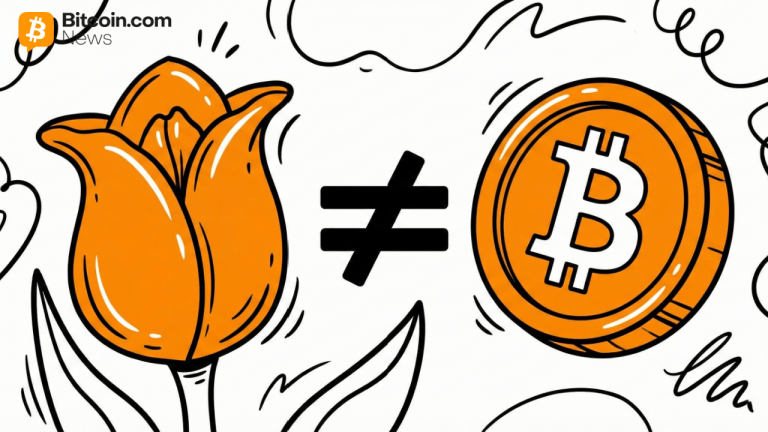


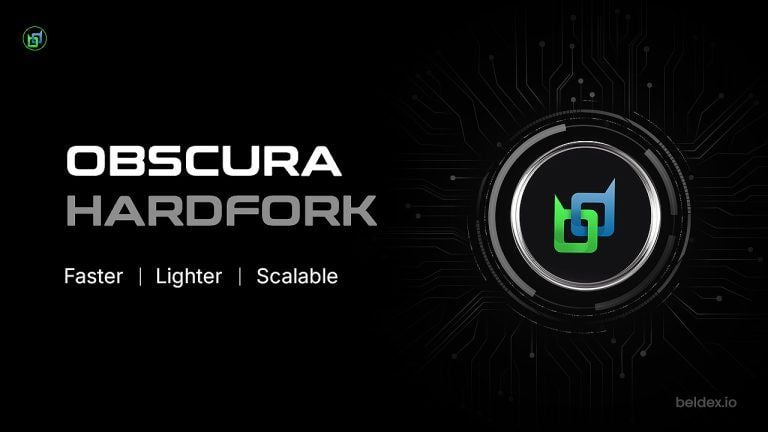








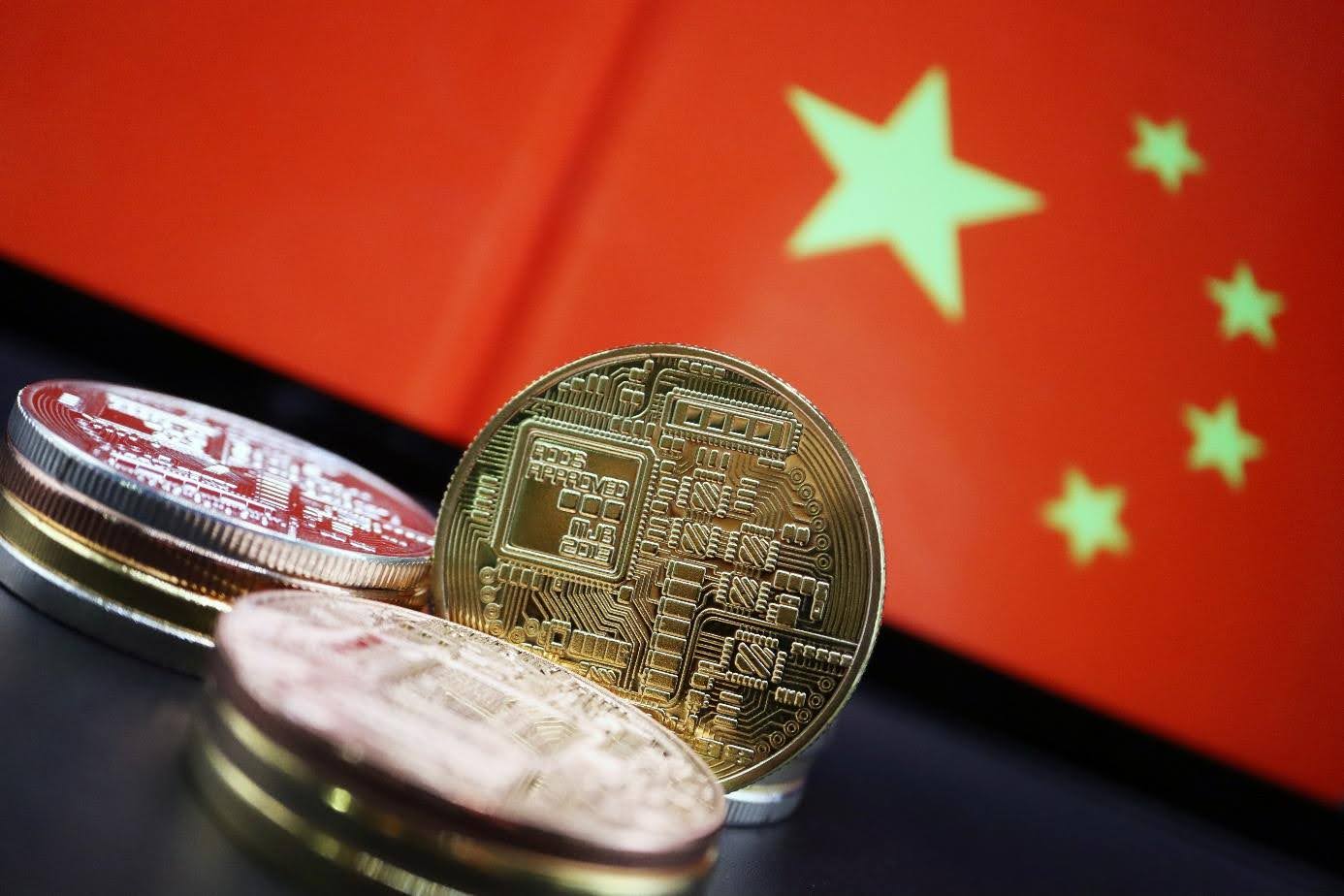
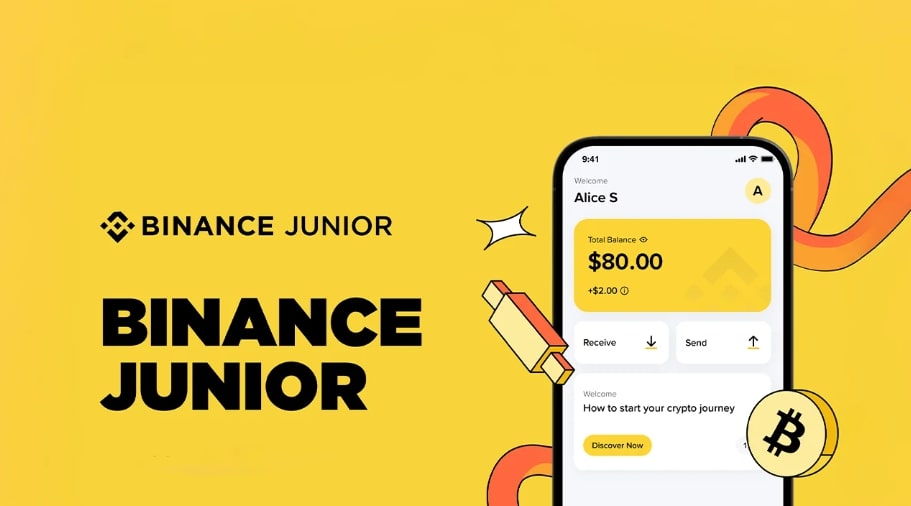


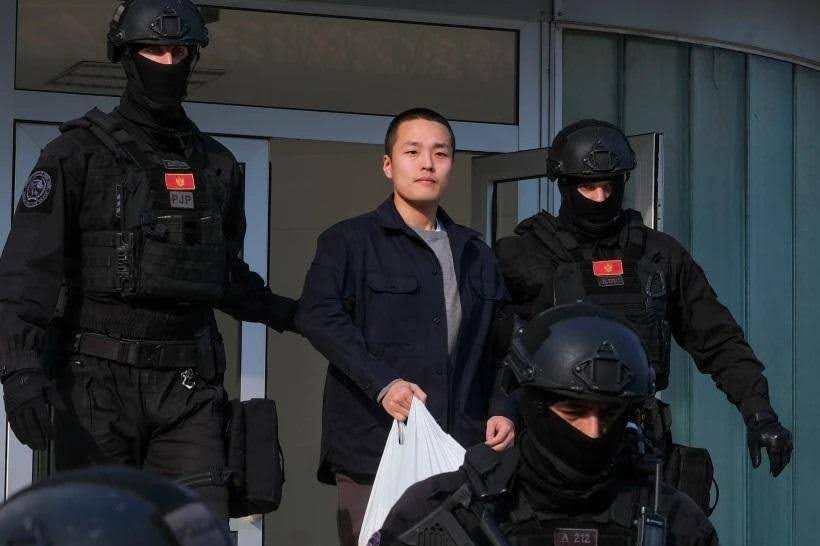
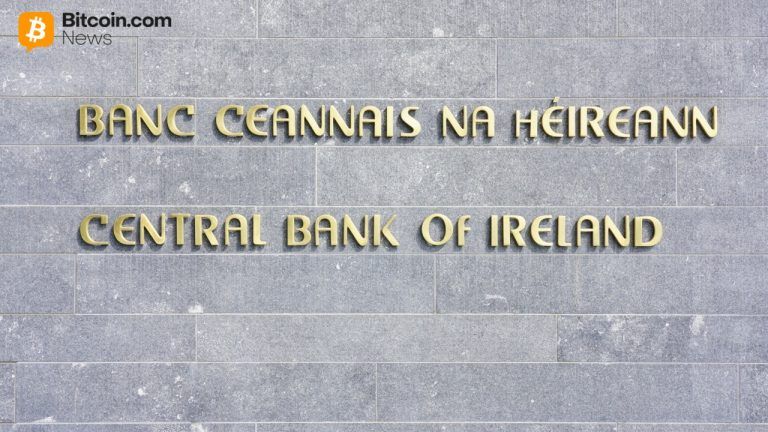
Comments